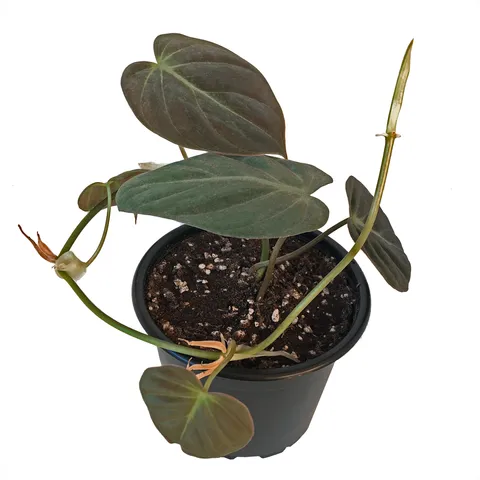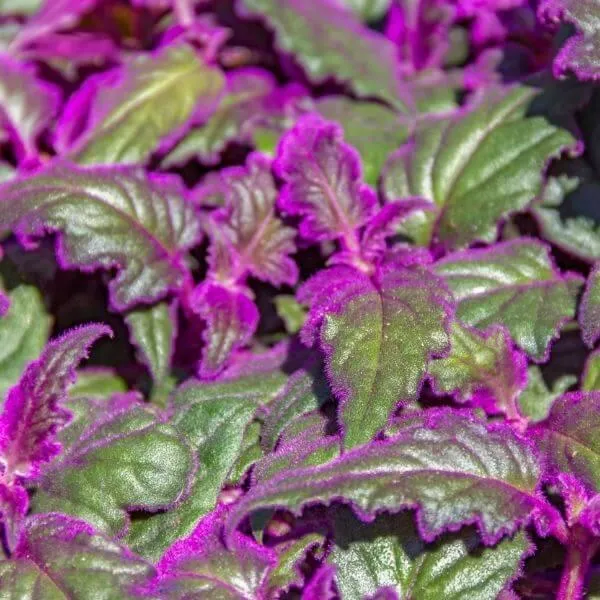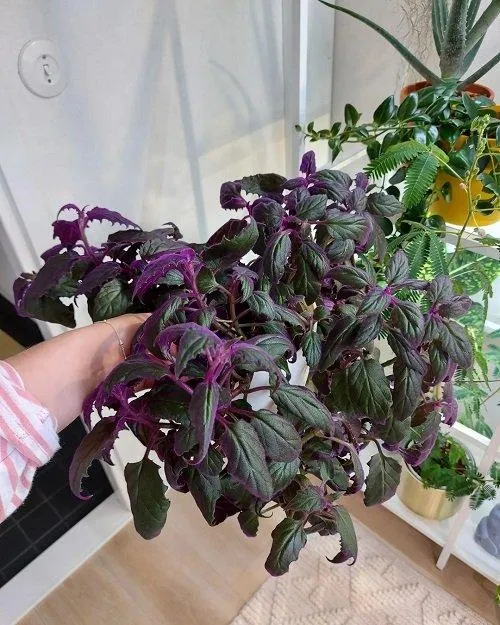Everything You Need to Know About Velvety Plants
If you’ve searched online for “velvety plant,” chances are you’ve come across an intriguing houseplant with uniquely soft, fuzzy leaves. In this article, I’ll address all the main questions a new plant parent may have about these delightful velvety varieties.
What Are Velvety Plants?
Velvety plants, also called fuzzy or hairy plants, have leaves or stems coated in short, soft hairs that give them a plush texture. Some common examples include:
- Peperomia species like Peperomiaobtusifolia (baby rubber plant) and Peperomiacaparrosiflora
- Coleus varieties
- Calathea makoyana
- Philodendron hederaceum (heartleaf philodendron)
The fuzzy coat acts as insulation to help the plant retain water and ward off insect pests. From an aesthetic standpoint, the velvety leaves add visual appeal and an irresistible tactile sensation.
Care Requirements
Most velvety plants thrive in medium to low light and need consistently moist soil to stay puffy and soft. I find they’re mildly fussy but quite rewarding once you learn their habits. Here are some care tips:
- Water when the top inch of soil is dry. Underwatering will cause the leaves to lose their plushness.
- Mist leaves regularly to boost humidity levels. The fuzzy coating loves moisture.
- Fertilize monthly in spring and summer with a diluted liquid product.
- Prune off battered or browned leaves to encourage new growth.
- Protect from drafts, which can easily dry out the foliage.
Practicing these simple steps should keep your velvety plant growing happily for years. The texture alone is soothing to touch after a long day!

Pruning and Propagation
Once established, many velvety plants will trail or spread out if given the space. Here are some tips for pruning and propagation:
Pruning: Use clean scissors to trim leggy stems back to a node or new leaf growth. This encourages bushier form. Be gentle not to bruise the fuzzy coating.
Propagation: Most velvety plants propagate easily from stem or leaf cuttings. Simply remove 3-4″ sections, trim the bottom 1⁄4″ off at a slant, and place them in water or moist soil. Within a few weeks you’ll have adorable miniature versions to share or transplant!
One of my most successful propagation attempts was the spiderwort-like Coleus ‘Stormy Weather.’ From just one clipping, I now have a vibrant rainbow of potted colors to brighten any room. Pretty neat, I’d say!
Common Pests and Problems
While the hairy coating thwarts most bugs, a few issues can potentially plague velvety plants:

- Mealybugs: Woolly white insects cluster in leaf joints and crevices. Wipe off with cotton ball dipped in rubbing alcohol.
- Spider mites: Tiny red pests cause stippling on leaves. Mist regularly and apply insecticidal soap if infestation.
- Underwatering: Leaves lose their plush texture and color. Check soil moisture daily until you learn its needs.
- Overwatering: Leads to root rot. Allow top inch of soil to dry between waterings.
With watchful care, these hardy indoor friends can live for years. I’m always down to chat more plant care – just DM me if you ever have other questions, homie!
Using Velvety Plants in Decor
Beyond their uniqueness, velvety foliage pairs perfectly with all kinds of interior styles. Think about incorporating them into your space in creative ways:
- Cluster pots of varying sizes on entryway console or bookshelf
- Hang trailing varieties in macrame hangers by a window
- Place a Peperomia radiator plant on your home office desk
- Add a splash of color with a Coleus as a table centerpiece
- Line plant boxes with creeping varieties on a sun porch railing
You can really let your imagination run wild! Velvety textures draws the eye and inject positive energy into any room. With their low maintenance needs, they’re also great for people less green-thumbed than myself, in case you’re wondering.
Final Thoughts
In closing, I hope this overview shed some light on the magical world of velvety plants. Whether you seek an unique conversation piece or just enjoy the sensory experience, these fuzzy-leaf beauties are sure to brighten any plant collection. Give them a try – I promise you won’t be able to stop petting the leaves! Let me know if you have any other plant questions.
Happy planting and stay awesome, friend! Wishing you many years of enjoyment from your new fuzzy friends. Now go discover your favorite velvety variety and start shopping for the perfect spot to show it off. You’ve got this!

Key Facts About Velvety Plant
| Common Name | Scientific Name |
|---|---|
| Velvety Plant | Gynura aurantiaca |
| Growth Rate | Mature Size |
| Fast growing | Up to 3 ft tall and wide |
| Sunlight | Soil |
| Partial to full sun | Well-draining, average fertility |
| Water | Uses |
| Let dry between waterings | Hanging baskets, borders, containers |
FAQ
-
What kind of plant is a velvety plant?
A velvety plant is a kind of plant that has velvety or fuzzy leaves. It’s leaves are covered in short, soft hairs that make them feel velvety or fuzzy to the touch.
-
What features does a velvety plant have?
A velvety plant has some pretty amazing features. Besides the fuzzy leaves I mentioned, they also come in a wide variety of colors. Some have red leaves, others green. They also bloom little fuzzy flowers that are really stunning to look at. Their texture is like nothing else!
-
What care does a velvety plant need?
Caring for a velvety plant is actually pretty easy. They like lots of sunshine, so put them in a spot with bright light. Water them when the soil gets dry – about once a week usually does the trick. As for food, just give them a little fertilizer every couple months during the growing season. Oh, and they better be kept away from pets – the fuzziness makes them a bit like a lint roller!
-
How do you propagate a velvety plant?
There are a few different ways to propagate your velvety plant and get more of them. You can divide the plant to get sections with roots to replant. Or you might try stem cuttings – just cut off chunks with nodes and place them in water until roots develop. Perhaps the easiert way is by seed, if your velvety plant has bloomed. Collect the fuzzy seeds when ripe and plant them in potting mix. With a little patience they should sprout! Give some to friends too for a nice DIY gift.
-
What types of velvety plants are common?
The most popular velvety plants are coleus and lamb’s ears. Coleus come in astonishing colors like pink, orange and purple with textures from smooth to very fuzzy. Lamb’s ears are prized for their soft, wooly green leaves. Something more exotic is nepenthes – a tropical pitcher plant with fuzzy pitchers! However, some varieties are endangered species so better to enjoy photos. Do your research before collecting unusual specimens.

-
Are velvety plants good indoor plants?
For the most part, velvety plants make great indoor plants. Since they prefer sunny spots, a south-facing windowsill works well. And with their low-maintence care, you don’t need to be around much to keep them happy. Coleus are perfect for adding colorful texture to a bookshelf or table. Lamb’s ears soften things up on entryway benches. Perhaps they remind folks of fuzzy lambs on the farm! Still, check water needs as some varieties prefer drier indoor conditions. So in summary – yes, velvety plants rock as houseplants!
